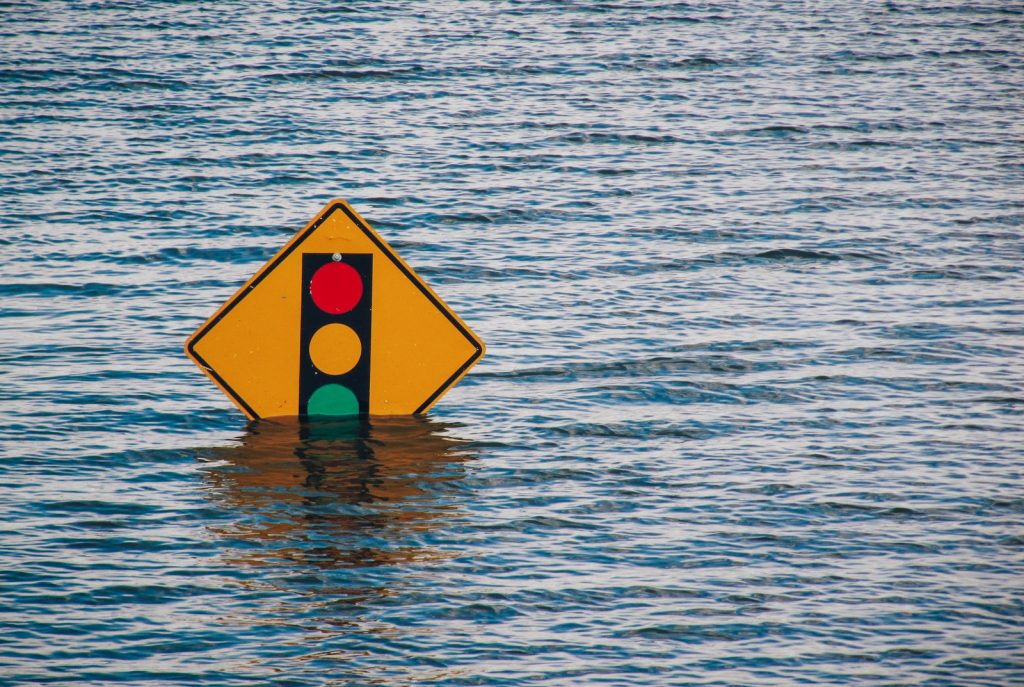Back in the 1980s, Small Is Beautiful, a book by contrarian British economist E.F. Schumacher, became trendy among counterculture intellectuals. Schumacher posited that the conventional understanding of capitalist economics, based on ever-increasing growth and wealth creation, was wrong and would lead to planetary degradation. That was over forty years ago—before the internet, before social media, before climate change and all the planetary crises of today that made Schumacher look like a prophet and sage. As it often is with prophets, his salient words were largely ignored. It’s interesting how some forward-thinking ideas have cachet for a brief time, and then are subsumed into the greater cacophony of world affairs and then fade out.
It turns out that at the same time Schumacher’s teachings were trendy, there was another less well-known economist—Herman Daly—who was exploring many of the same ideas. Now Herman Daly is in his eighties and his lifelong interest in the notion of a “steady-state” economy is getting a second look. A recent New York Times article had an interview with Daly and summarized, for a new generation and a new era, his ideas. One of Daly’s teachings that stood out for me was his statement that “the earth is not expanding.” The earth is a steady-state system, he says, and it always has been. It isn’t growing and never will grow. We think that our economy, and peoples’ standard of living, is constantly expanding, but that, Daly says, is because we only measure the benefits, we don’t measure the costs. The gross national product is only a measure of what we produce. The myriad costs—from environmental degradation to climate change and health issues—are not subtracted. If they were, we might discover we are not growing at all. We might even be shrinking.
It occurs to me that the economic model of ever-expanding growth is similar to a model of military conquest. I think of the Mongol empire of Genghis Khan, or the Roman empire of Julius Caesar. From the standpoint of the Mongols or the Romans, their empire and their wealth grew. The ambitious warlike men who developed and perfected the technology of horseback warfare or the phalanx formation were, in their own time and perspective, geniuses of growth. But from the perspective of the steady-state earth there was no real conquest, no real expansion. It was just one warlike people conquering and exploiting other people for their own selfish gain. That’s the way it has always been.
Things are no different today. We live in a world of competing nation states, now armed with nuclear weapons, and it seems as though that is the “real” reality. The wealth created by the so-called “developed” nations seems to be expanding nicely. But the greater and more inclusive reality of a “steady state earth” sees that entire process as a fool’s game. For example, for the last 200 years the developed world has been fueled by the fossil deposits of the entire planet’s three-billion-year history. Once those deposits are gone, they will be gone forever, and somehow we will have to engineer a wrenching transformation from a fossil-fuel economy to a renewable-fuel economy—probably in the end some kind of solar or fusion technology. This process has already started, but its progress is slow. This fact is depressingly obvious, yet no one in a position of power is really willing to make that wrenching transformation now, particularly because no country, no nation-state is willing to go first, giving other, less evolved nation-states, the short term advantage. “Let’s let a future generation deal with that,” is the thinking. Meanwhile, the conquistador thinking of those in power—no different than Genghis Khan or the Roman Emperors—rules the roost. Growth is king.
Herman Daly covers all this ground, and more, in the New York Times interview. He comes across as a real prophet-sage of a possible future, one who has been consistently presenting his views for the last half-century. I’m sure in the world of economists he is regarded as a well-intentioned and interesting theorist. But in the world of current events, and current decision making, his thoughts and theories seem as far-fetched as Schumacher’s “small is beautiful” thinking of the heady counterculture years. It was an epiphany, after the moon landing, to at least see for the first time a real-time photograph of the “whole earth,” a blue orb floating in vast space, our only home. But that epiphany didn’t last long. Ok, whole earth, fine, I get it, now let’s get back to the real world of never-ending growth.
Soon enough, Herman Daly’s and E.F. Schumacher’s view of the world will be proven right. And then we will all wake up, as though from a fevered dream—or perhaps we will all panic and go to war with each other in a frenzy of self-preservation and denial. Perhaps both will happen at the same time. Either way, once the dust settles, the steady-state earth will abide as it always has in whatever shape we have left it. When all of Greenland melts—and it has melted before in the vast pre-history of earth—the seas will rise thirty feet. Miami and Bangladesh will disappear. I won’t be alive to see it, but our children and grandchildren may. In the steady-state earth, the seas rise and fall. Continents come and go. This is the world that we are leaving them—the last final gasp of the conquistador mentality that, like the army ants of Brazil, have devoured everything in their path, leaving only desert.
At that point future generations can look back—those who are left—and say, “Well, some people saw it coming. We wish we had listened to them then.”
♦
This article was originally published on Lewis Richmond’s website and The Good Men Project.
Thank you for subscribing to Tricycle! As a nonprofit, we depend on readers like you to keep Buddhist teachings and practices widely available.
